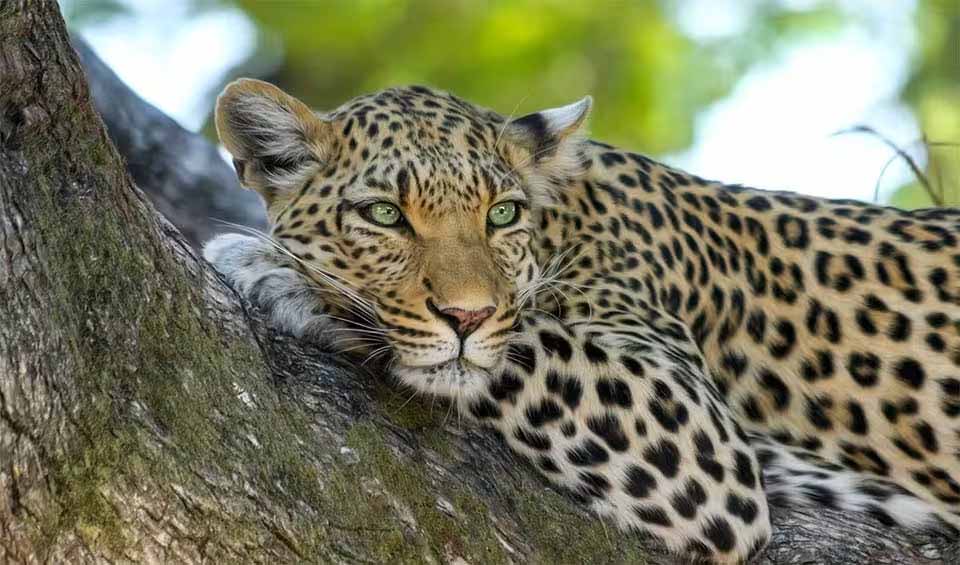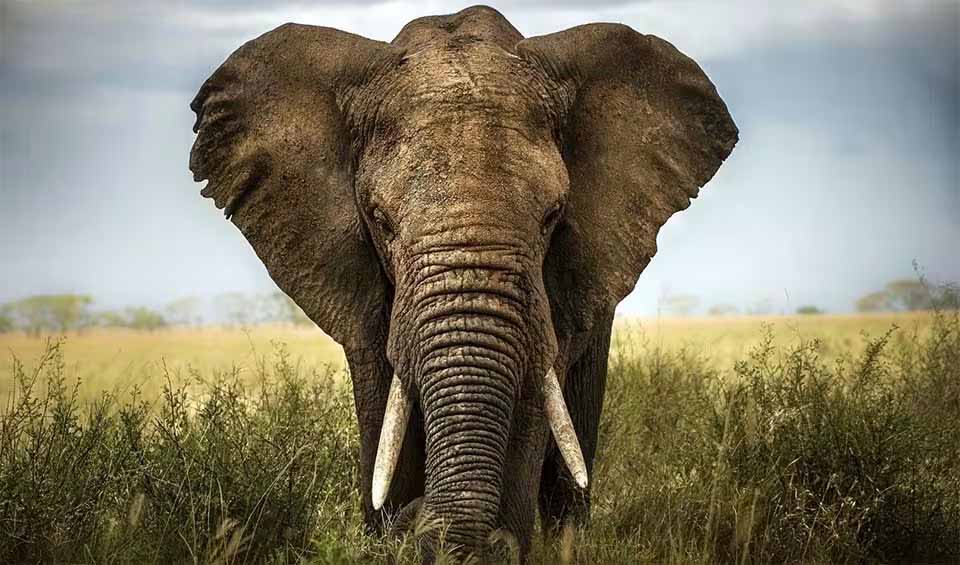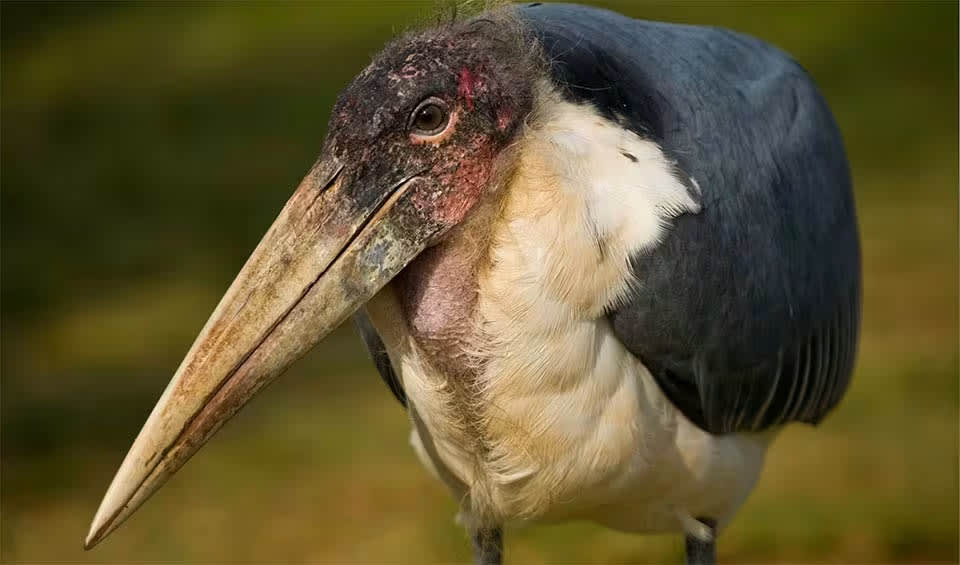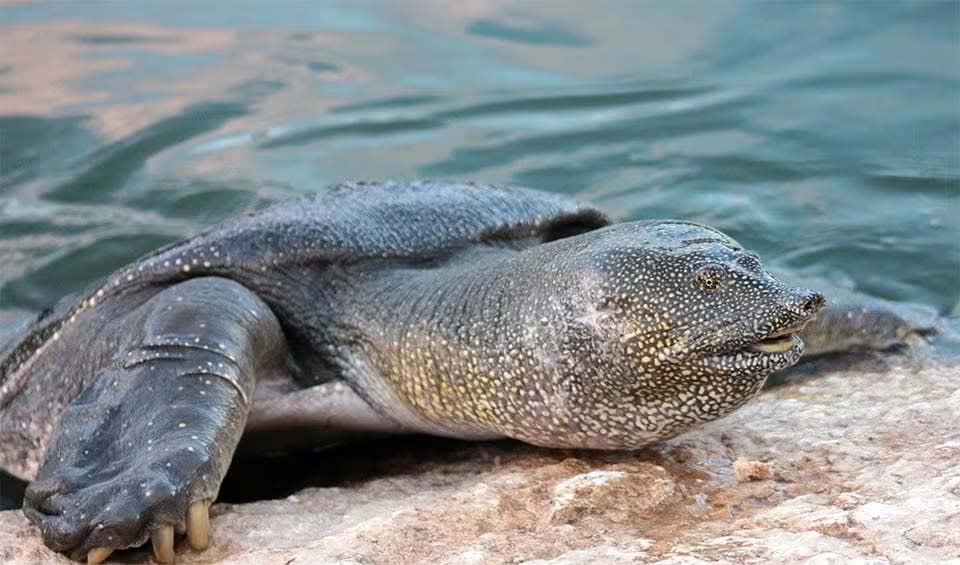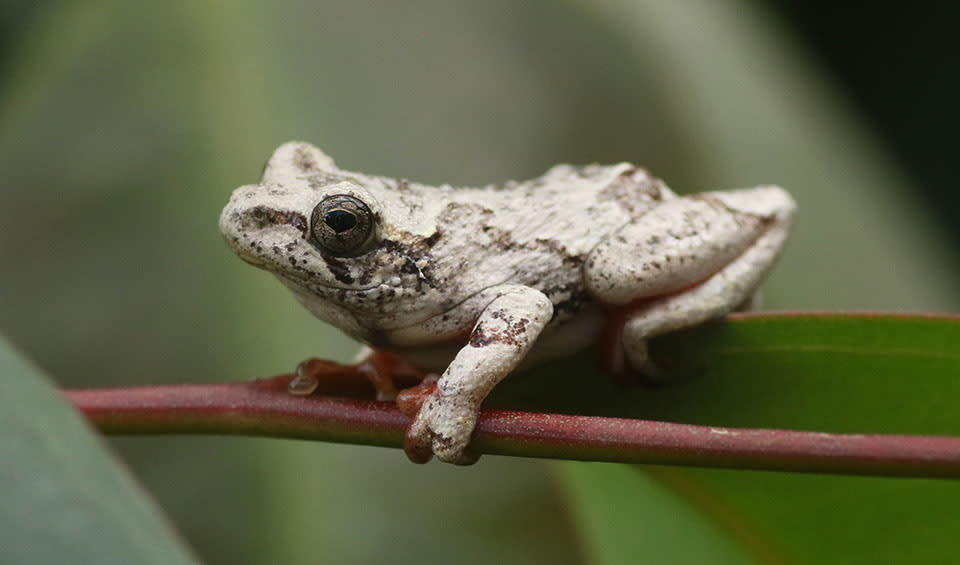Kenya boasts a diverse range of bio-geographical zones spanning from coastal regions to the snow-capped peaks of Mt. Kenya, towering over 5000 meters (16,404 feet) above sea level. Globally recognized as one of the top ten mega-biodiverse nations, Kenya hosts an impressive array of flora and fauna totaling over 35,000 species.
Its ecosystems are exceptionally varied, encompassing mountains, forests, rangelands, arid lands, croplands, urban areas, as well as marine and inland waters. The country features approximately 467 inland lake and wetland habitats, covering approximately 2.5% of its total area. Kenya’s remarkable biodiversity is attributed to its extensive evolutionary history, diverse climatic conditions, and wide range of habitat types and ecosystems.
Four pillars elaborated:
Kenya’s biodiversity is primarily concentrated in its forests, wildlife parks, and reserves, covering approximately 12.42% of the country’s land area with terrestrial protected areas and 0.76% with marine protected areas. The country boasts a diverse range of protected areas, encompassing roughly 8% of its landmass, which safeguard iconic wildlife species such as elephants, lions, and rhinos. These protected areas are categorized into wildlife protected areas (WPAs) and forest protected areas (FPAs), each focusing on conserving different ecosystems and species. Notable protected areas include the Maasai Mara National Reserve, renowned for the wildebeest migration, and Amboseli National Park, known for its large elephant population, among others like Tsavo National Park and Lake Nakuru National Park. Land Management
Land Management
Kenya’s biodiversity faces numerous threats, including rapid population growth, habitat degradation, water scarcity, invasive species, pollution, and infrastructure development. The country’s population has surged from 47.6 million in 2019 to an estimated 54.986 million in 2021, leading to reduced land availability and settlement expansion into wildlife habitats. This growth intensifies demands on natural resources like fuel and water. Threats to Biodiversity
Threats to Biodiversity
Habitat connectivity is further compromised by incompatible land use practices, including agriculture expansion, settlements, mining, and poaching. Illegal extraction within protected areas remains a concern, threatening biodiversity. Climate change exacerbates these challenges, particularly impacting Kenya’s coastal ecosystems with more frequent droughts and forest degradation.
The Kenyan Government, primarily through the Kenya Marine and Fisheries Research Institute (KMFRI), is actively engaged in researching marine and coastal ecosystems to support conservation efforts for the country’s rich biodiversity. Despite collaboration with various entities like the University of Brussels and local NGOs, progress has been slow in some areas, such as enhancing economic gains through oyster and Brine shrimp culture. However, significant strides have been made in understanding causes of fish kills in Lake Victoria and restoring its biodiversity by culturing and releasing rare and endangered fish species. Capacity and Governance
Capacity and Governance
Additionally, efforts are underway to address challenges like water hyacinth invasion in Lake Victoria through integrated management techniques. Furthermore, Kenya is intensifying population control programs to achieve sustainable growth rates and minimize adverse effects on biodiversity, with evidence indicating a decline in population growth over the last decade.
Kenya’s dedication to executing the NBSAP is embodied in the BIODEV2030 initiative, which seeks to integrate biodiversity into vital economic sectors crucial for both biodiversity preservation (BIO-) and development (-DEV). The initiative’s objective is to shift the trajectory of biodiversity decline and foster more sustainable and resilient economies. Through scientific evaluations, the project aims to encourage ambitious pledges and establish transparent accountability mechanisms to drive meaningful change. Future Trends
Future Trends
Biodiversity
Kenya’s savannas and grasslands are some of the most famous in the world, particularly in iconic locations like the Maasai Mara National Reserve and Amboseli National Park. These ecosystems support large populations of herbivores, such as elephants, buffaloes, zebras, and various antelope species, which in turn sustain a variety of predators, including lions, leopards, cheetahs, and hyenas. The Maasai Mara is particularly renowned for the Great Migration, where millions of wildebeests, zebras, and gazelles migrate annually between the Mara and the Serengeti in Tanzania.Home to several endemic species, Kenya is a key area for the conservation of threatened species. The Tana River red colobus and the Tana River mangabey are primates found only in the Tana River Primate Reserve. The country also supports populations of critically endangered species such as the black rhino and the Grevy’s zebra.
Kenya’s wetlands and river systems, including the Tana and Athi rivers, play a crucial role in the country’s biodiversity. These water bodies support a variety of aquatic species and provide vital resources for both wildlife and human populations. The Rift Valley lakes, such as Lake Nakuru, Lake Naivasha, and Lake Bogoria, are significant habitats for waterbirds, including flamingos, pelicans, and storks. Lake Nakuru National Park is particularly famous for its large flocks of flamingos and diverse wildlife, including rhinos and Rothschild’s giraffes.
In the table below are the number of known species in several main groups, how many of these species are Threatened with extinction, and how many of them are Endemic (unique to Kenya only):
| Species (World rank) |
Threatened | % Threatened | Endemic | % Endemic | |
|---|---|---|---|---|---|
| Mammals | 410 (#15) | 30 | 7.3% | 23 | 5.6% |
| Birds | 1,058 (#13) | 46 | 4.3% | 10 | 0.9% |
| Reptiles | 284 (#30) | 12 | 4.2% | 28 | 9.9% |
| Amphibians | 117 (#31) | 11 | 9.4% | 20 | 17.1% |
| Fishes | 1,064 (#45) | 121 | 11.4% | 27 | 2.5% |
| Plants | 6,293 (#49) | 243 | 3.9% | 50 | 0.8% |
mammals
Leopard
Disappearing graceful shadows, this tree-climber is on the way to extinction
African bush elephant
Size matters! The largest of the three elephant species and the largest extant terrestrial creature on our planet
birds
Vulturine guineafowl
Its striking blue skin, coupled with its long, bare neck, gives it an uncanny resemblance to a vulture, hence its name
Common ostrich
Arabian ostrich, 1 of 4 subspecies, was hunted to extinction in mid-20th century
Marabou stork
This Nature’s cleaners are the largest & heaviest living stork
reptiles
African softshell turtle
Instead of a bony shell, it has a flat, leathery covering that helps it glide smoothly through the water
Nile crocodile
One of the most iconic animals of Africa and the second largest reptile on earth
Gaboon viper
Gaboon viper has the largest fangs and highest venom yield of any snake on earth
amphibians
Big-eyed tree frog
Most striking feature—its skin coloration which mimic the mottled light patterns created by sunlight filtering through leaves
Common reed frog
Their horizontal pupils give them a permanently surprised expression
Guttural toad
Known for its loud, ‘guttural’ croak that can be heard from a distance
National Animals
Lion
Tufted-tailed Simba in the plight
